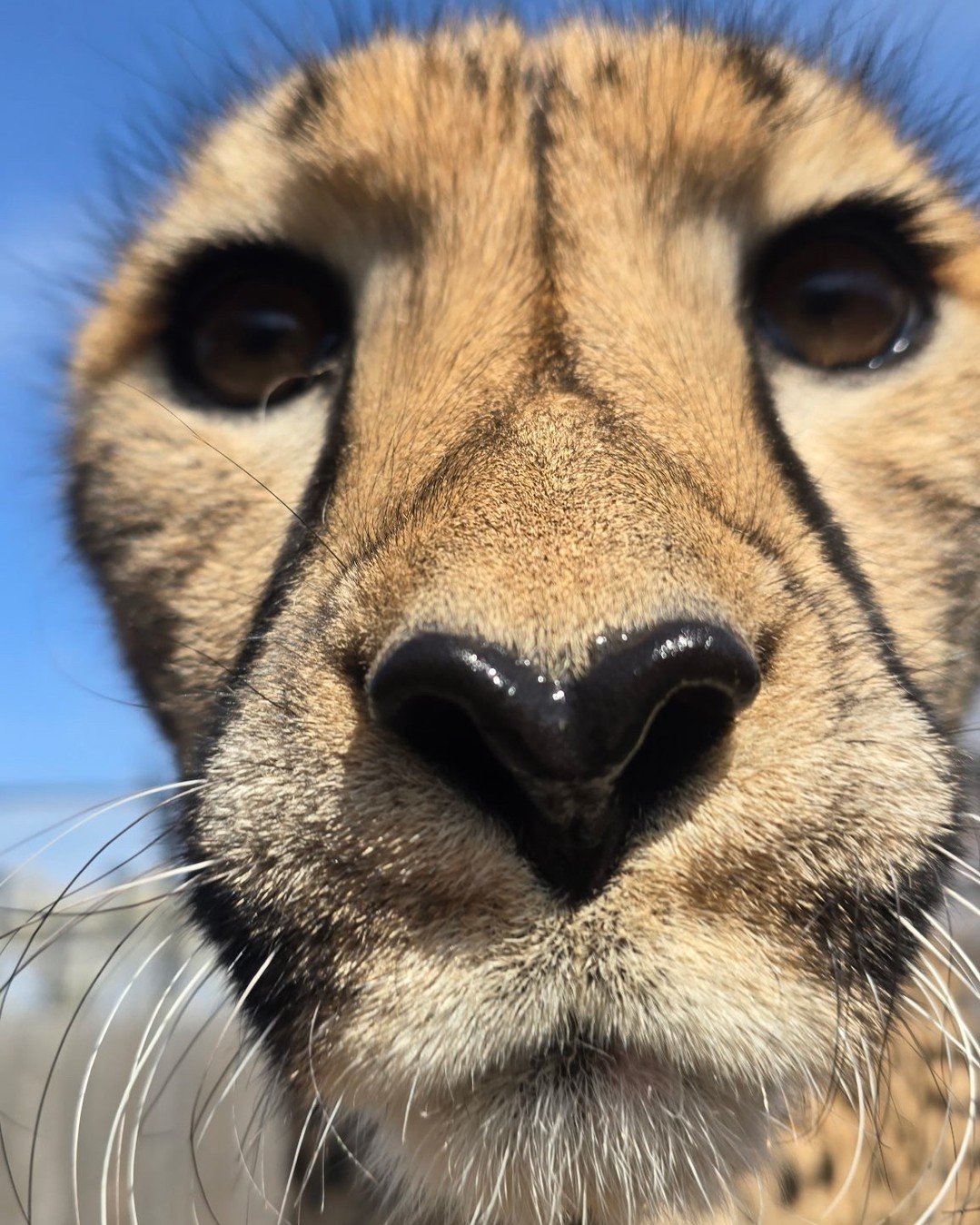- Understanding the anatomy and physiology of cheetahs, emphasizing their adaptations for speed.
- Exploring the unique features and behaviors of individual cheetahs like Sasha, including distinct markings.
- The role of cheetah conservation in modern wildlife management and zoo settings.
- Insights into cheetah encounters and educational programs, such as the Cheetah Run at Cheetah Chase Theater.
- The importance of public engagement and education in conservation efforts.
Cheetahs, the fastest land animals, captivate us with their incredible speed and agility. Their ability to reach up to 70 mph in short bursts is a marvel of nature, achieved through a combination of anatomical and physiological adaptations. The cheetah’s slim, lightweight body is propelled by long limbs and a flexible spine, allowing for exceptional stride length and speed. Large nostrils and an expansive lung capacity enable them to intake significant oxygen volume quickly, fueling their muscles during high-speed chases. This biological makeup supports the cheetah’s role as a top predator in open environments, where speed is a critical component of their hunting strategy.
Each cheetah, while sharing these impressive traits, can also be identified by individual characteristics. Take Sasha, for example, who is not only known for her hearty sprinting ability but also her distinguishing physical features, such as a heart-shaped nose. Features like these allow researchers and caretakers to form connections and insights into individual animals’ lives and behaviors. Observing specific cheetahs helps develop profiles that inform caretaking and conservation strategies, highlighting not just their physical prowess but also their unique presence.
Cheetah conservation is an urgent aspect of wildlife management, given that their population is estimated at only around 7,000 individuals in the wild. This fragile status is due primarily to habitat loss, human-wildlife conflict, and illegal trafficking. Conservation programs aim to create sustainable populations through habitat protection, anti-poaching efforts, and managing genetic diversity in both wild and captive populations. Zoos and wildlife sanctuaries play a vital role by participating in breeding programs, serving as genetic reservoirs, and conducting research that can be applied to wild populations.
Engagement through educational programs like the Cheetah Run at Cheetah Chase Theater is crucial. These encounters provide a dynamic way for the public to experience the majesty of cheetahs. Visitors witness firsthand the physical capabilities of these remarkable animals during a simulated high-speed chase. Through these encounters, participants gain a deeper appreciation and understanding of cheetah biology, behavior, and the challenges they face in the wild.
Public participation and education form the backbone of successful conservation efforts. By fostering a greater understanding of the ecological role and plight of cheetahs, these programs inspire conservation action and awareness. It is through this kind of engagement that we can raise awareness, support sustainable practices, and ultimately contribute to the preservation of cheetah populations for future generations. As we continue to study and marvel at cheetahs’ extraordinary speed and adaptations, the role of education and conservation becomes ever more apparent and essential in ensuring their survival.
*****
Source Description
Built for speed, cheetahs are the fastest land animals! They can reach up to 70 mph in short bursts! Their large nostrils help them pull in extra oxygen during these high-speed chases, keeping their muscles fueled.
And if you look closely on these photos of Sasha, you might spot her heart-shaped nose ❤️
Don’t forget: You can attend a Cheetah Run animal encounter at our Cheetah Chase Theater! Taking place daily, at 10:30am, weather permitting 🐆
📸: Keeper Mike


